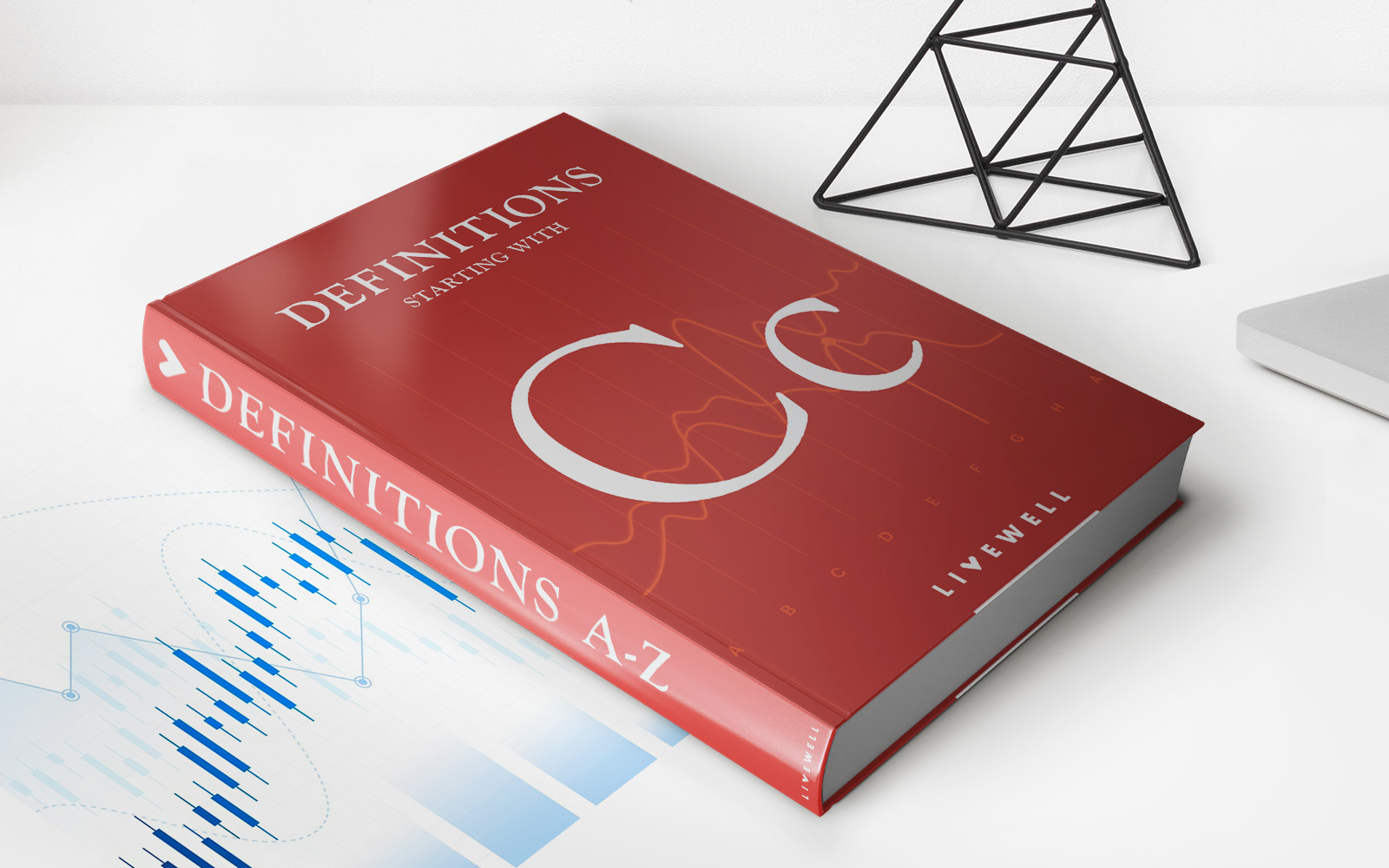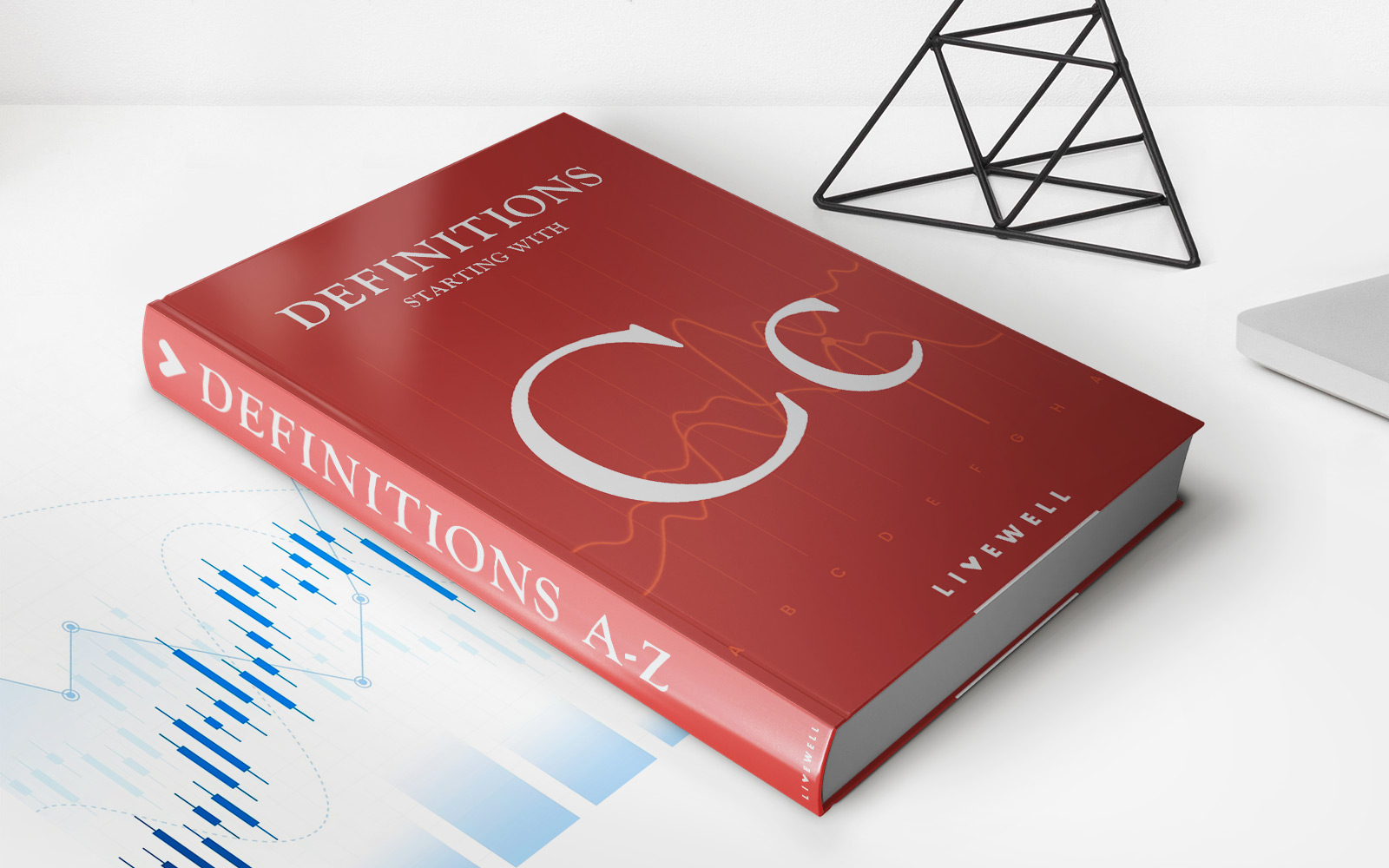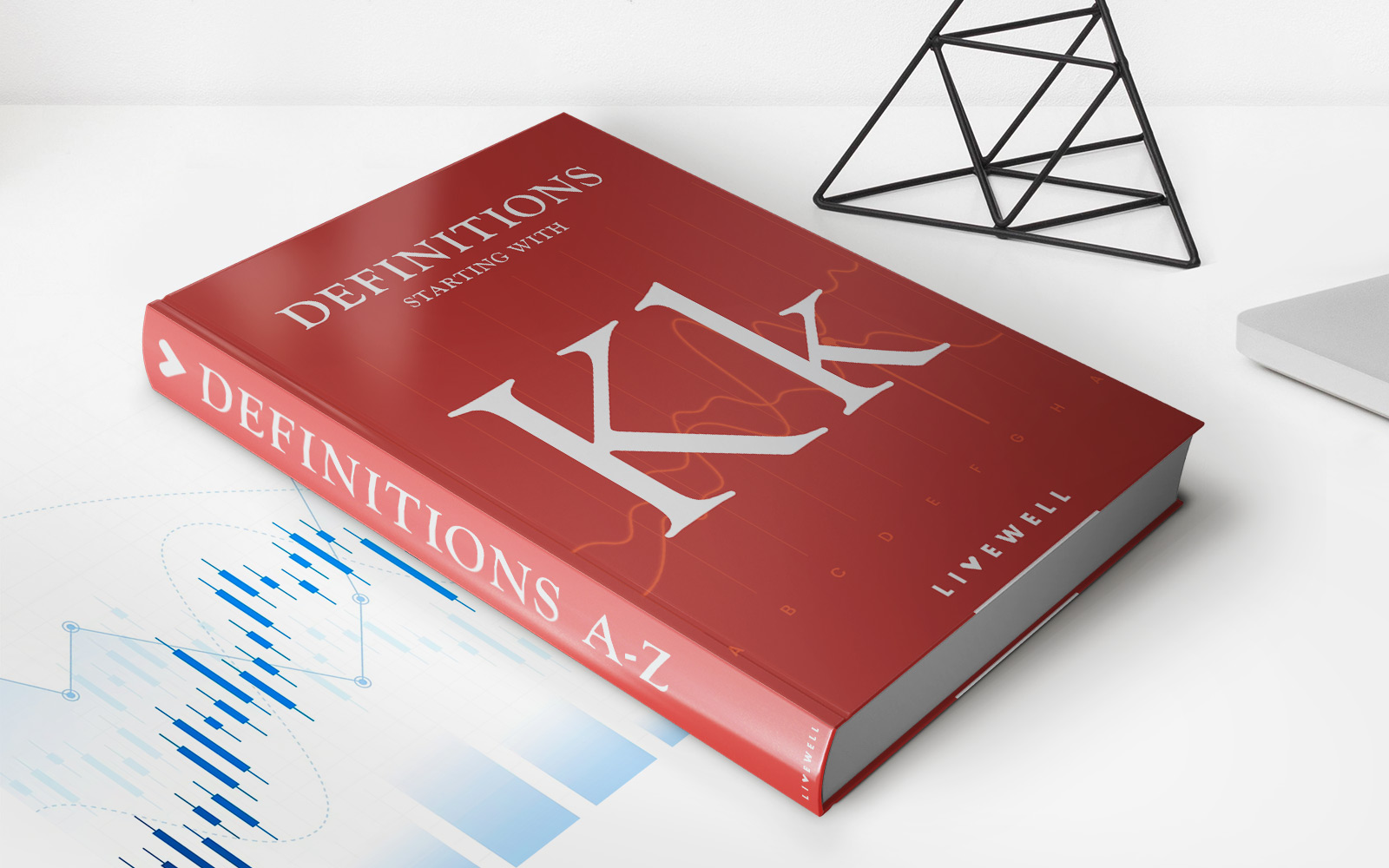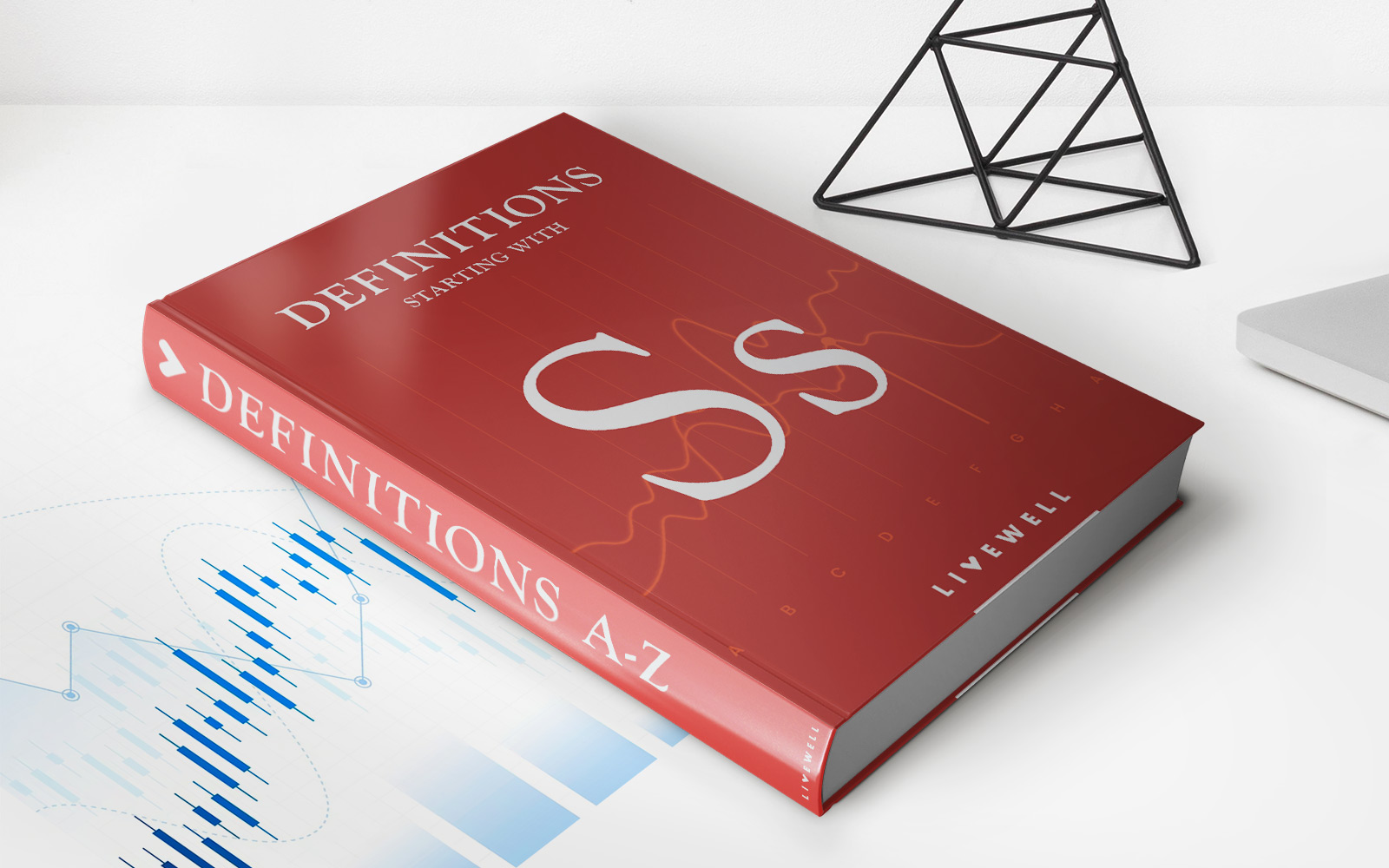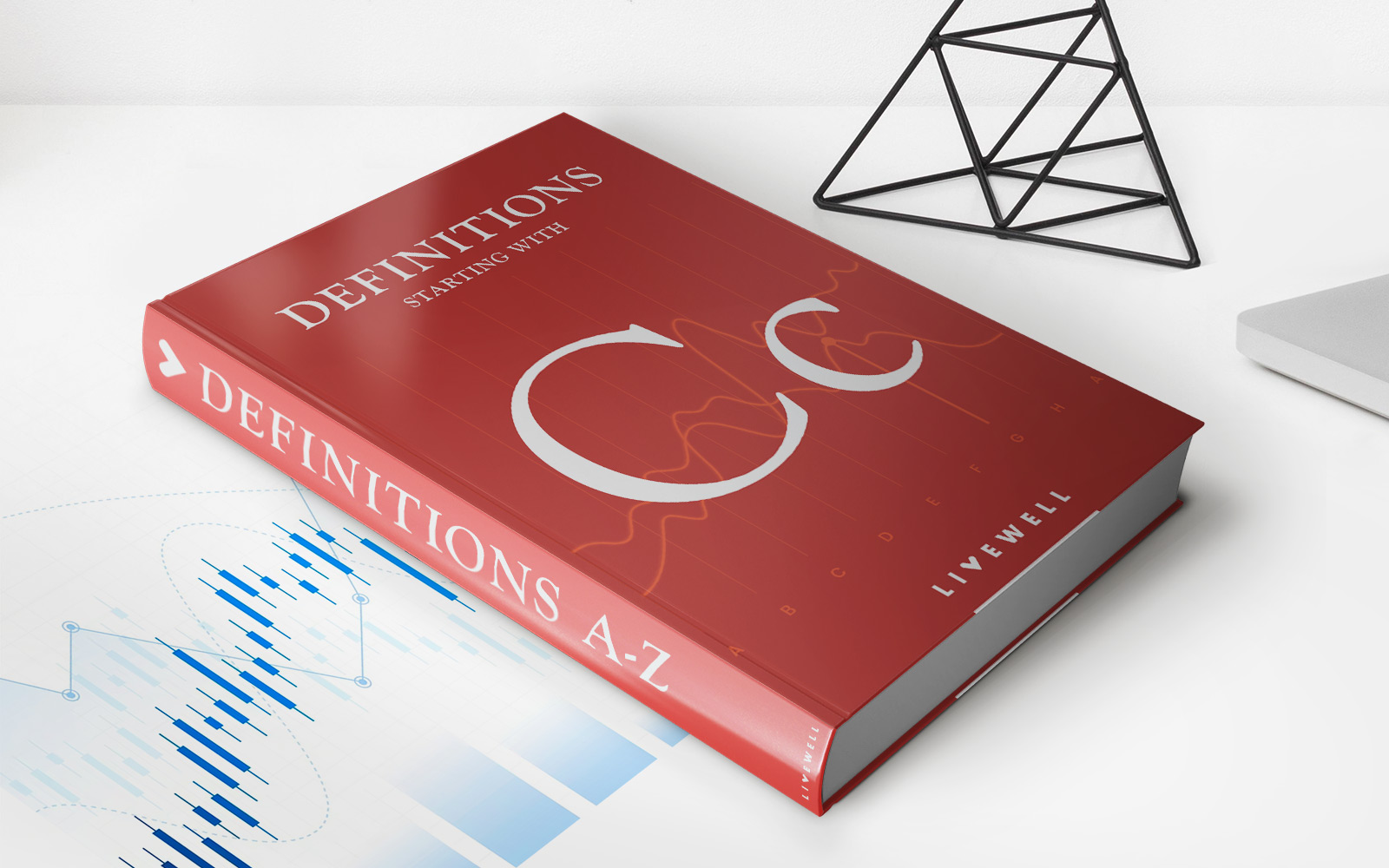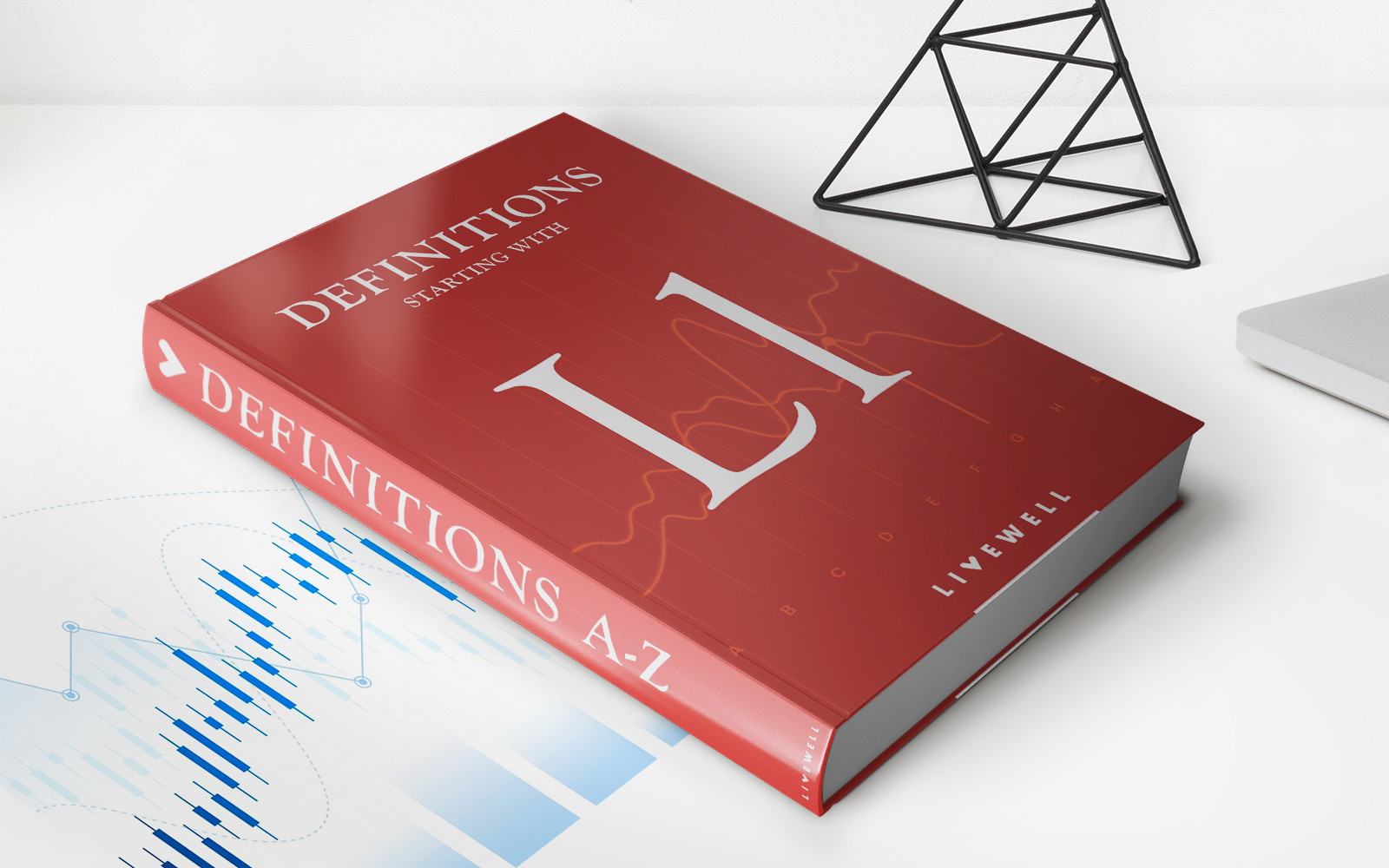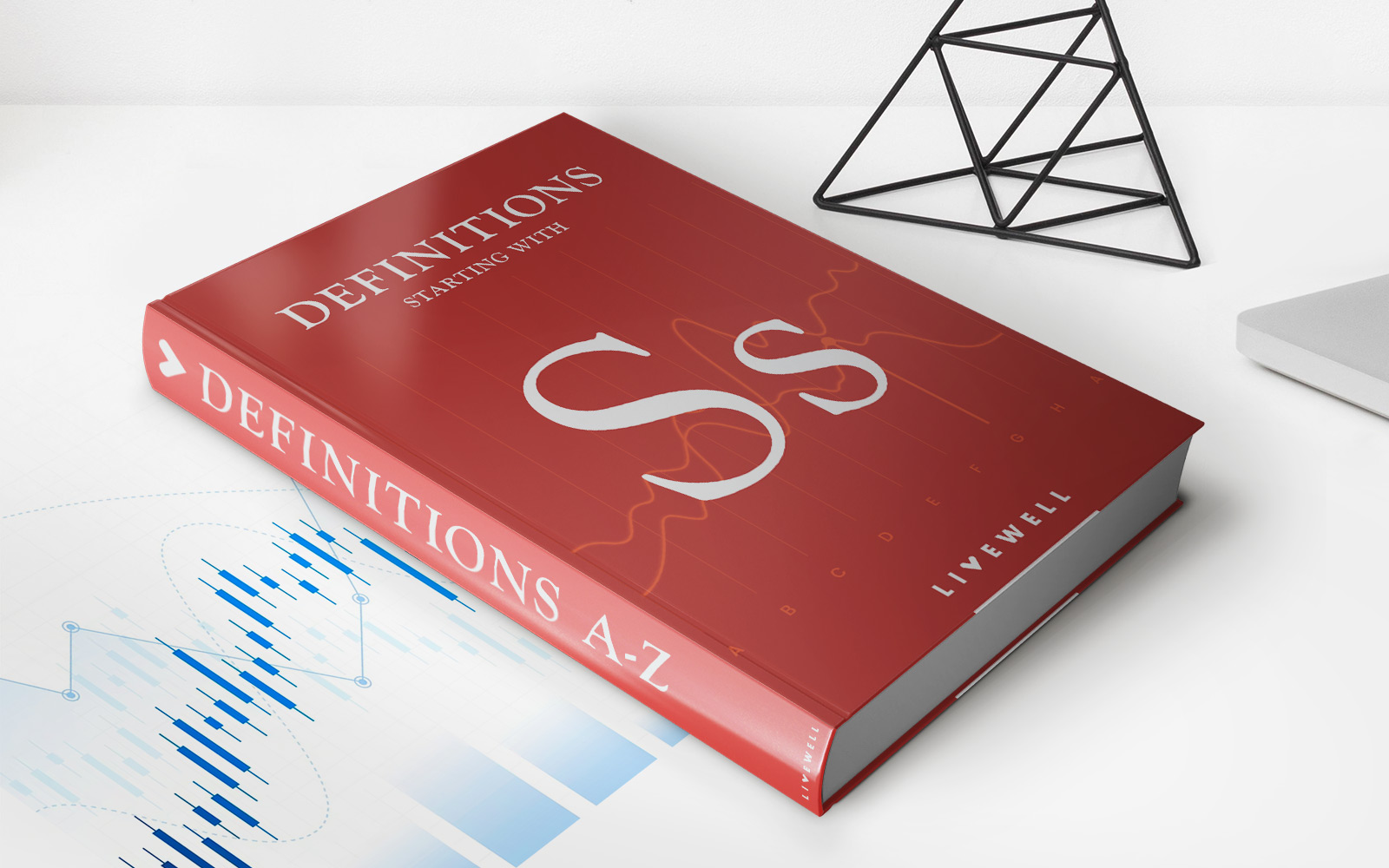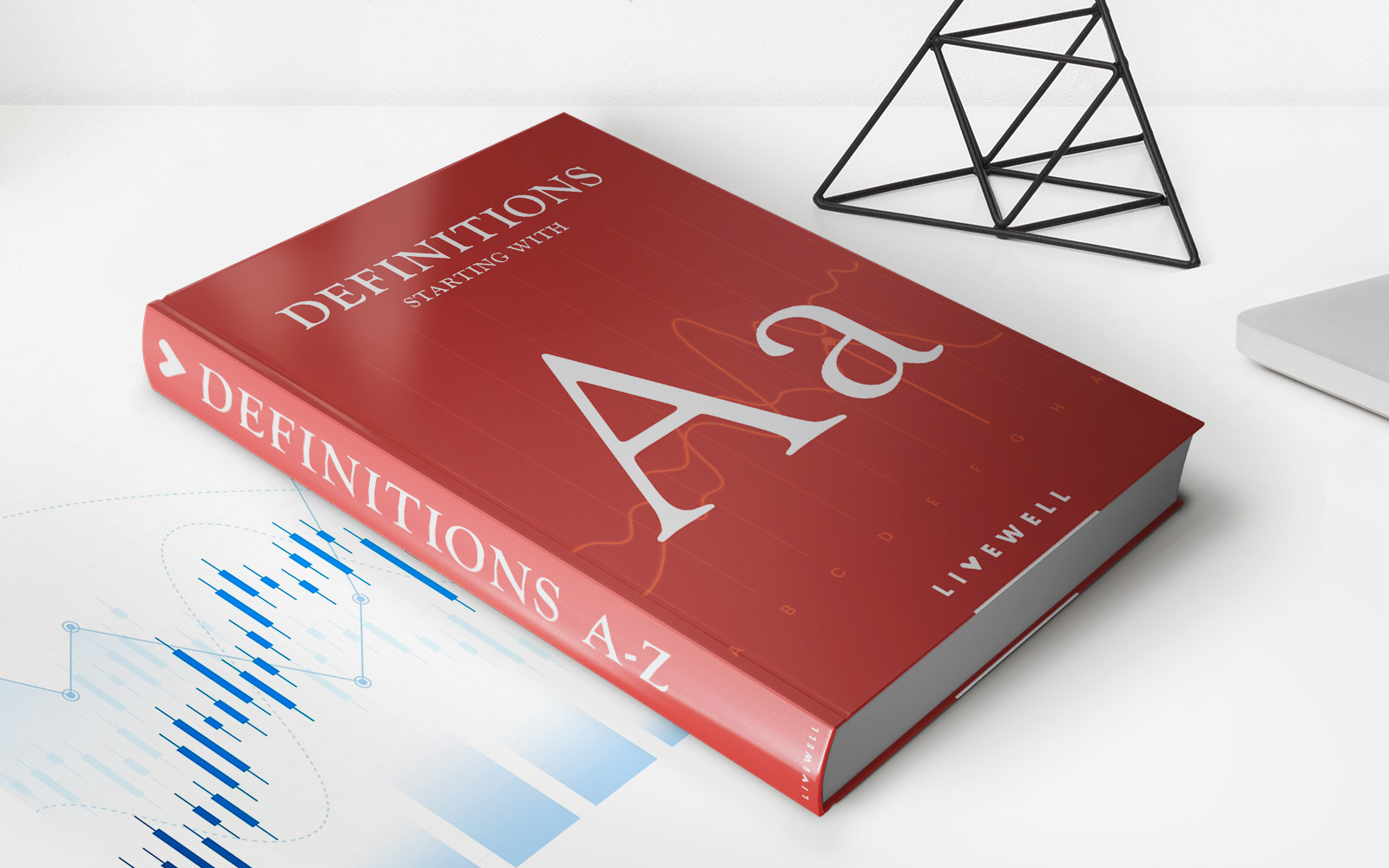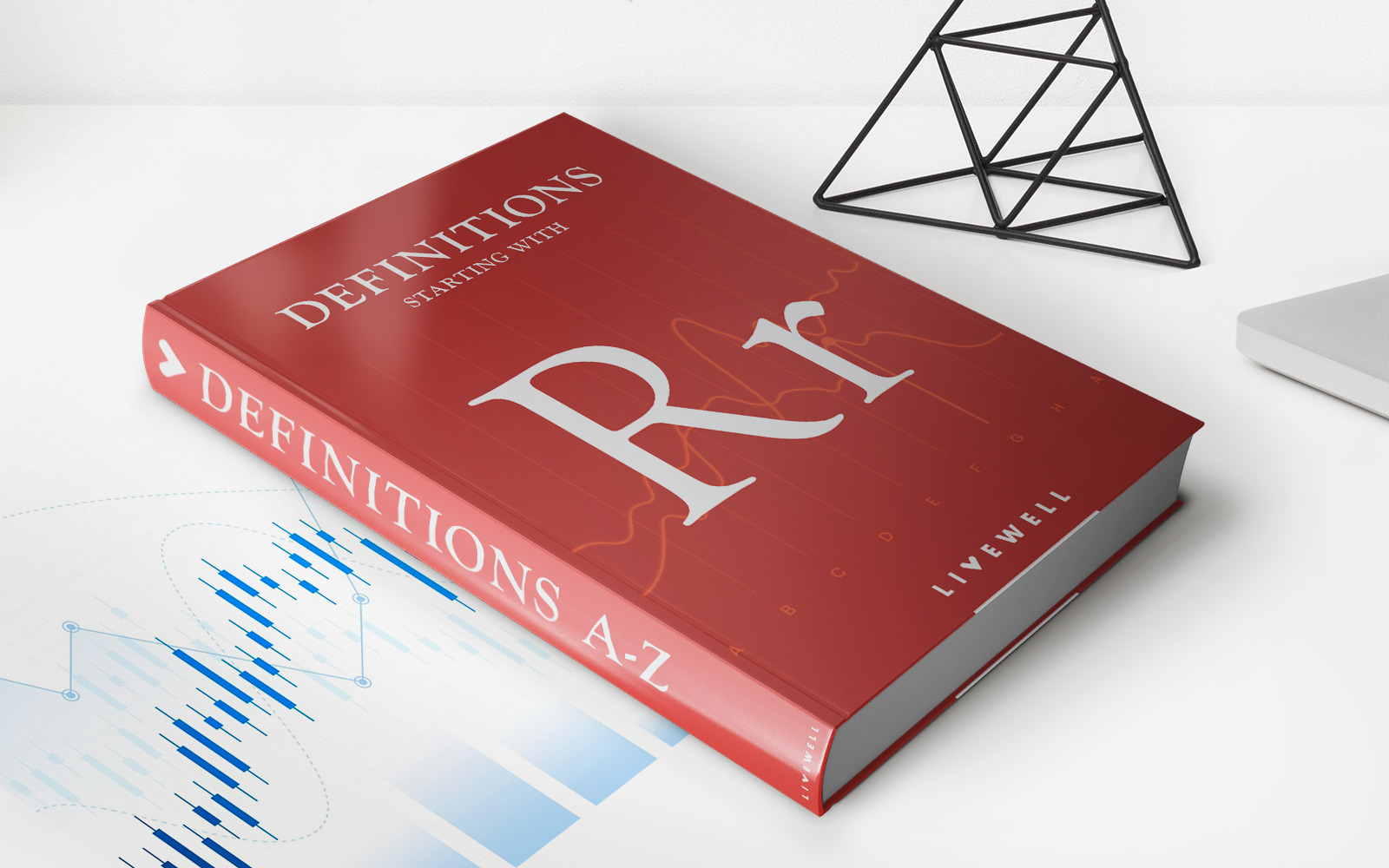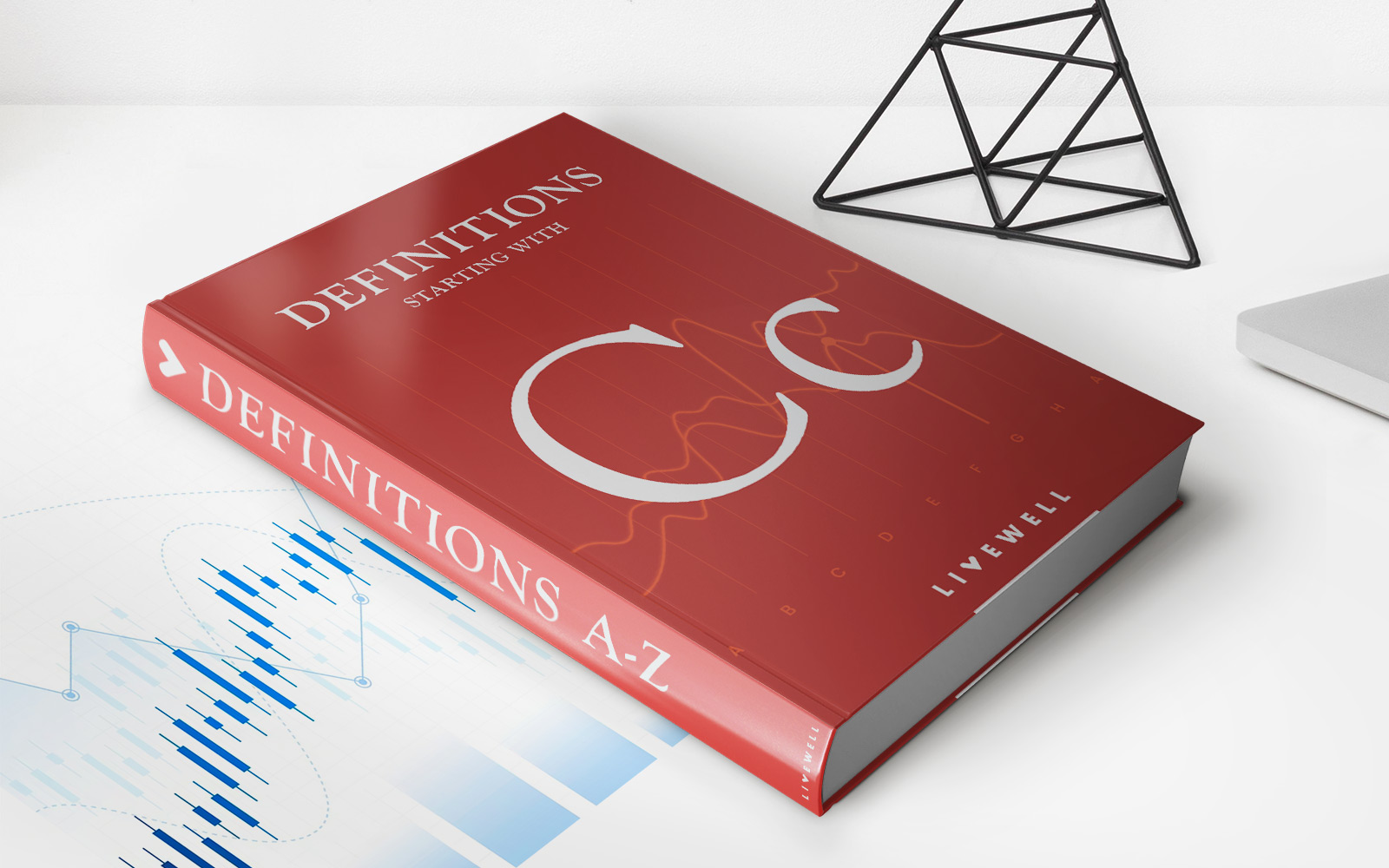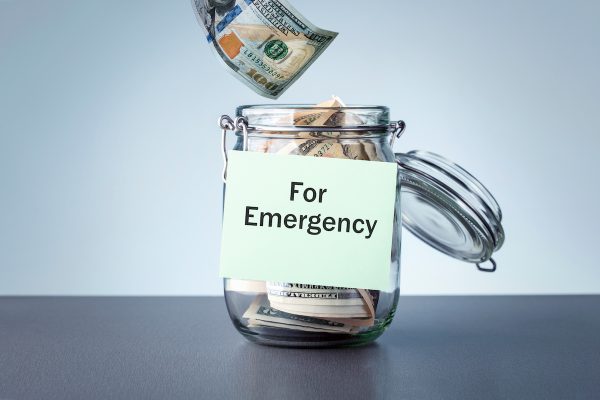Home>Finance>Covered Straddle: Definition, How It Works, Examples
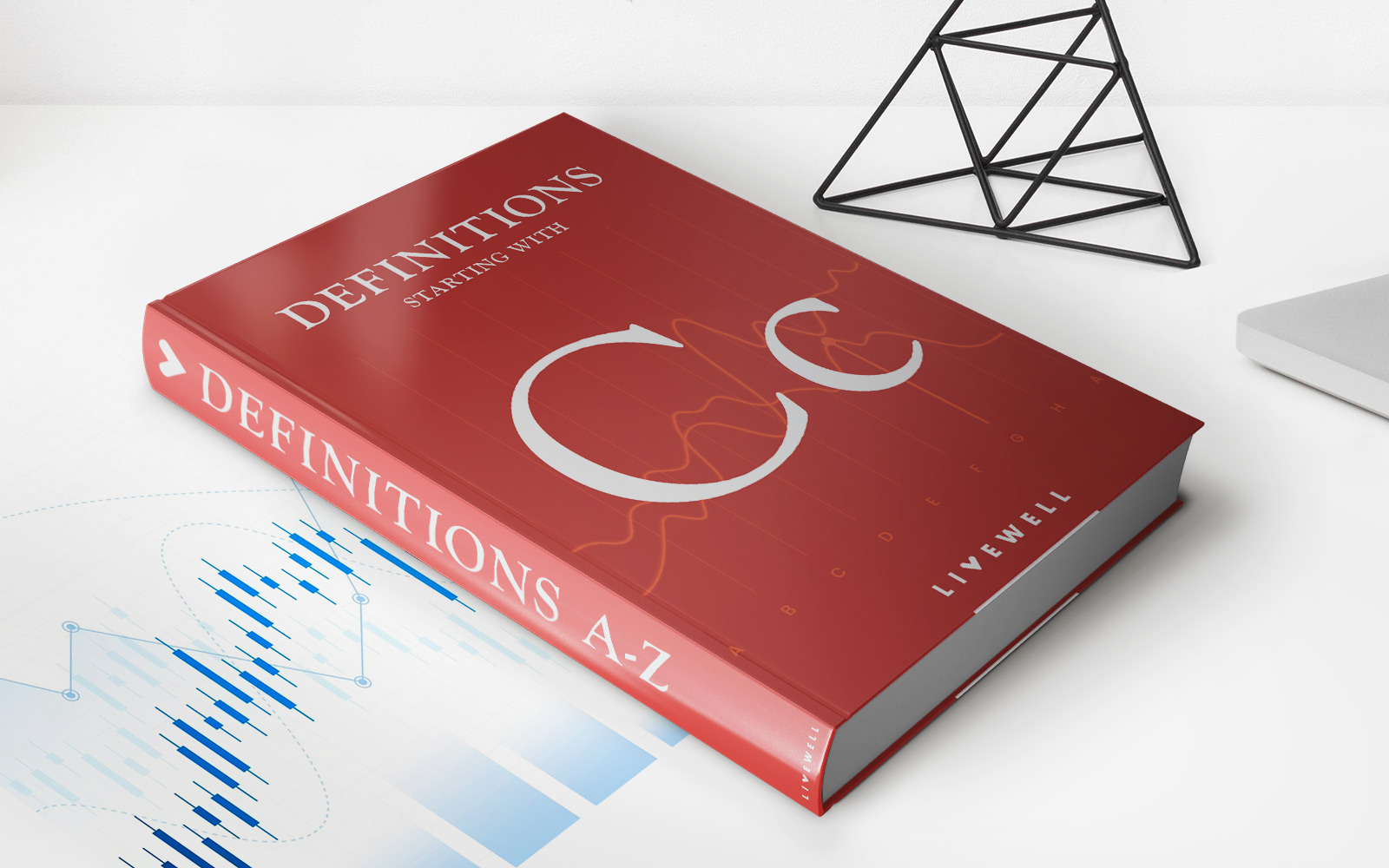

Finance
Covered Straddle: Definition, How It Works, Examples
Published: November 4, 2023
Learn about covered straddle in finance, including its definition, how it works, and examples. Gain insights into this investment strategy and its potential benefits.
(Many of the links in this article redirect to a specific reviewed product. Your purchase of these products through affiliate links helps to generate commission for LiveWell, at no extra cost. Learn more)
Unleashing the Power of the Covered Straddle in Finance
Have you ever wondered how to make the most out of your investments in the finance world? Well, look no further! In this article, we will delve into the fascinating concept of the Covered Straddle and explore its definition, how it works, and provide you with real-life examples to help you understand its potential. So, let’s dive right in!
Key Takeaways:
- Covered straddles involve a combination of options trading, where an investor simultaneously sells both a call option and a put option on the same underlying asset.
- The goal of a covered straddle strategy is to generate income from the premiums received while taking advantage of the stability of the underlying asset.
Understanding the Covered Straddle: A Powerful Financial Strategy
Before we jump into the nitty-gritty details, let’s define what a Covered Straddle is. A Covered Straddle is an options trading strategy where an investor simultaneously sells both a call option and a put option on the same underlying asset. By doing this, the investor effectively covers all potential outcomes of the price movement of the asset.
Here’s how it works:
- The investor sells a call option, giving someone else the right to buy the underlying asset at a specific price on or before the expiration date.
- Simultaneously, the investor also sells a put option, granting someone else the right to sell the underlying asset at a specific price on or before the expiration date.
- In return for selling these options, the investor receives premium payments from the buyers of the options.
This strategy allows the investor to generate income from the premiums received, regardless of the direction the market takes. Since both options are covered, meaning the investor already owns or is willing to purchase the underlying asset, they are protected from significant losses.
Let’s take a look at a couple of examples to solidify our understanding:
Example 1: Stock A Covered Straddle
Suppose you own 100 shares of Stock A, currently priced at $50 per share. To create a covered straddle, you would:
- Sell a call option at a strike price of $55 for a premium of $2 per share.
- Sell a put option at a strike price of $45 for a premium of $1 per share.
If the price of Stock A remains between $45 and $55 at expiration, both the call and put options would expire worthless, and you would keep the $300 in premium payments received. Suppose the price of Stock A goes above $55. In that case, the buyer of the call option would exercise their right, and you would be obligated to sell your shares for $55, but you would still keep the premiums received.
Alternatively, if the price of Stock A falls below $45, the buyer of the put option would exercise their right, and you would be obligated to purchase additional shares at $45 per share, which can be an attractive opportunity if you believe in the long-term potential of the stock.
Example 2: Currency Exchange Covered Straddle
Let’s say you are interested in trading currencies and decide to create a covered straddle on the USD/EUR currency pair. You sell a call option granting the buyer the right to purchase USD at an exchange rate of 1.20, and simultaneously sell a put option granting the buyer the right to sell USD at an exchange rate of 1.10.
If the exchange rate remains between 1.10 and 1.20 at the expiration date, both options would expire worthless, and you would profit from the premiums received. Any movement outside of this range would result in exercising one of the options, but since you covered both possibilities, you would not suffer significant losses.
In Conclusion
The Covered Straddle is a powerful financial strategy that allows investors to generate income from premiums while harnessing the stability of the underlying asset. By simultaneously selling both a call option and a put option, investors can cover all potential outcomes of the asset’s price movement, ensuring protection against significant losses.
So, whether you’re an options trading enthusiast or a seasoned investor looking to diversify your portfolio, consider exploring the Covered Straddle strategy. It may just be the key to unlocking the full potential of your investments in the finance world.


